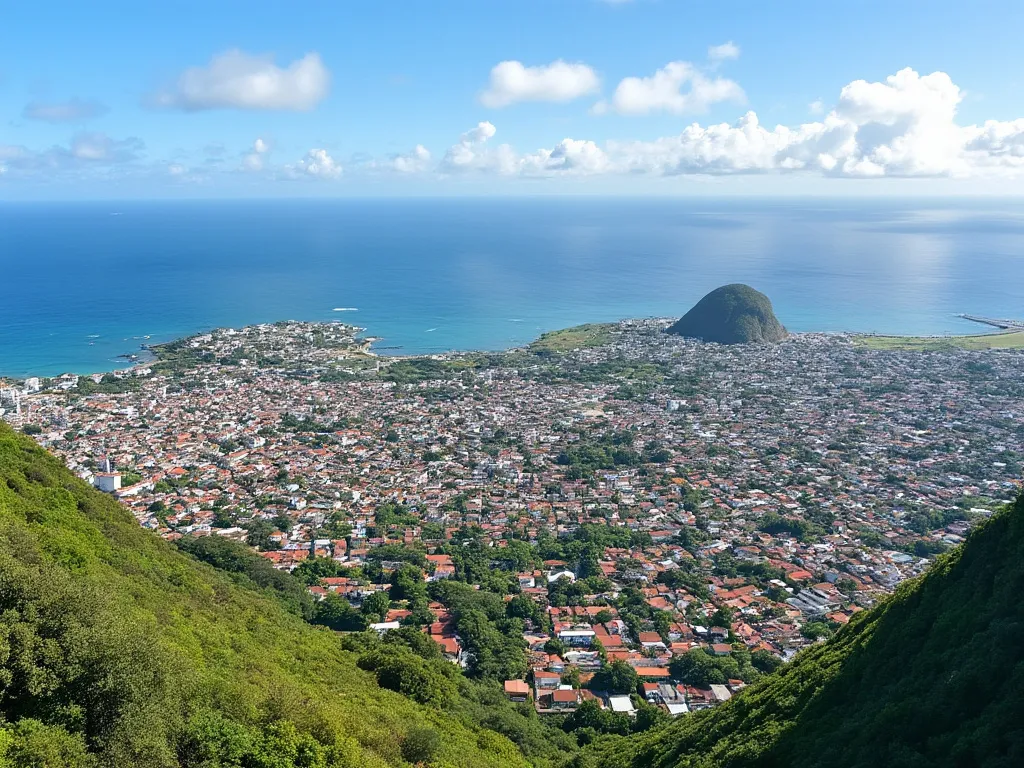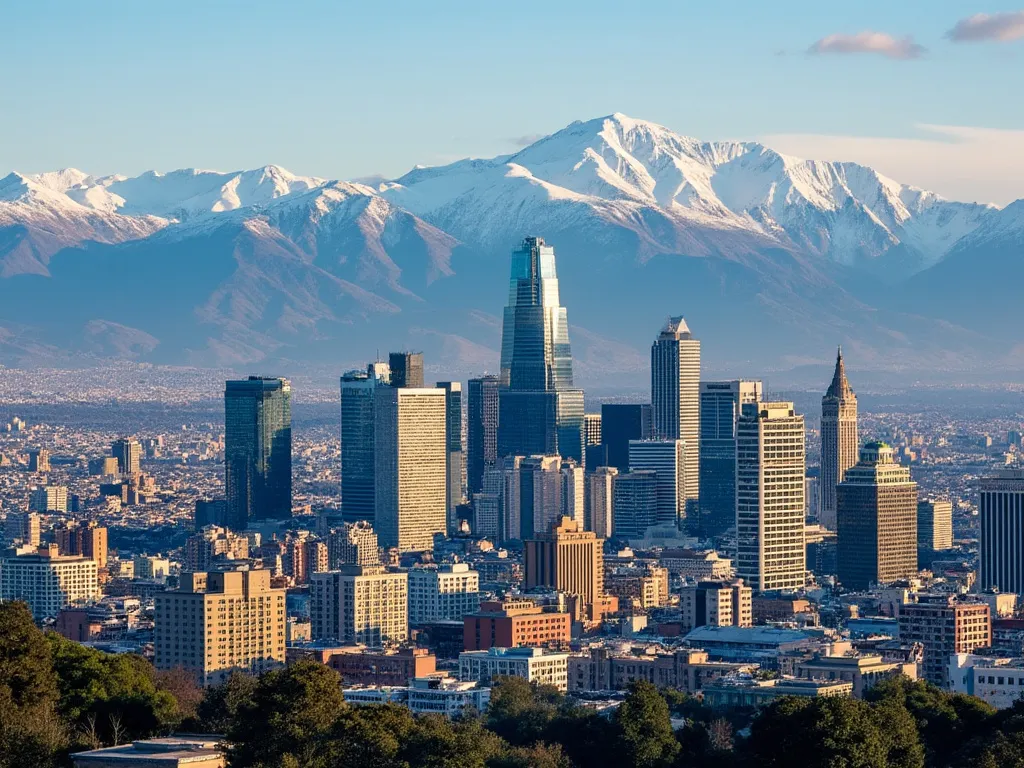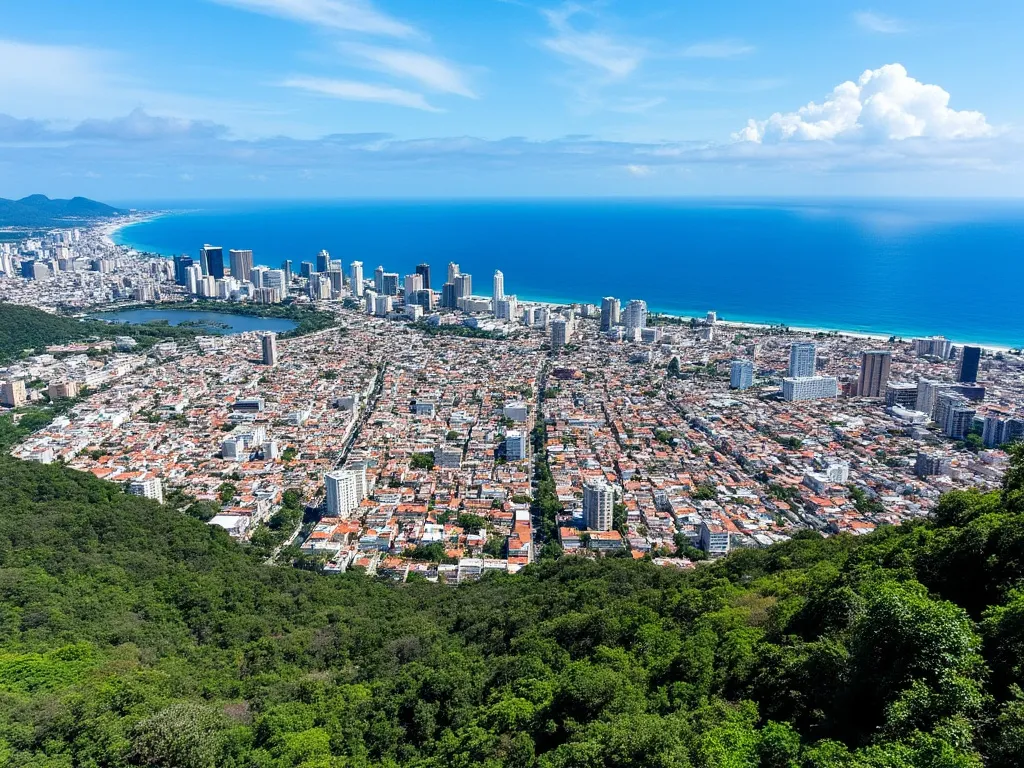
São Tomé is the capital and largest city of São Tomé and Principe, an archipelago of two islands located in the Gulf of Guinea, off the coast of West Africa. With a rich history, cultural significance, and economic importance, São Tomé is a fascinating city to explore.
São Tomé information
| Country | 🇸🇹 Sao Tome and Principe |
| Population | 72,265 (2020 estimate) |
| Coordinates | 0.3367° N, 6.7361° E |
| Area | 17 km² (6.6 sq mi) |
| Climate | Tropical monsoon climate |
| Language | Portuguese (official) |
| Currency | São Tomé and Principe dobra (STN) |
| Time zone | UTC+0 (WAT) |
| Proximity to other major cities | Port-Gentil, Gabon (334 km/208 mi), Libreville, Gabon (381 km/237 mi) |
Interesting facts about São Tomé
- The city is home to the famous São Tomé National Library, which houses over 30,000 volumes, including rare books and manuscripts.
- São Tomé has a vibrant arts scene, with numerous galleries and studios showcasing local artists' work.
- The city hosts the annual São Tomé International Music Festival, which attracts musicians from around the world.
Tourist attractions in São Tomé
- The Fortaleza de São Tomé, a 16th-century Portuguese fortress that now houses the National Museum.
- The São Tomé Cathedral, a stunning colonial-era church with beautiful stained-glass windows.
- The Local Market, a bustling marketplace selling local handicrafts, fresh produce, and souvenirs.
Historical background of São Tomé
São Tomé was discovered by Portuguese explorers in 1470 and was named after Saint Thomas, whose feast day is December 21, the day it was discovered. The city was established as a Portuguese colony in 1485, and over the centuries, it played a significant role in the transatlantic slave trade. After São Tomé and Principe gained independence from Portugal in 1975, São Tomé became the capital of the new nation.
Geographical location of São Tomé
São Tomé is situated on the northeastern coast of the island of São Tomé, in the northeastern part of the Gulf of Guinea. The city is nestled in a valley surrounded by volcanic mountains, and its port is an important hub for the fishing industry. The climate is tropical, with high temperatures and humidity throughout the year.
Cultural significance of São Tomé
São Tomé is a melting pot of different cultures, including Portuguese, African, and Brazilian influences. The city is known for its vibrant music scene, particularly the semba and ússua genres, which reflect the city's African roots. The local cuisine is a fusion of different flavors, with popular dishes such as calulu and cocada.
Economic importance of São Tomé
São Tomé is the economic hub of São Tomé and Principe, accounting for the majority of the country's GDP. The city's economy is primarily based on services, including tourism, and the export of cocoa, coffee, and copra. The port of São Tomé is an important transshipment hub for the region.
Conclusion on São Tomé
São Tomé, the capital of São Tomé and Principe, is a city that seamlessly blends history, culture, and natural beauty. From its rich cultural heritage to its stunning landscapes, São Tomé is a fascinating destination for travelers and culture enthusiasts alike.
 Sarajevo
Sarajevo
 Seoul
Seoul
 Santiago
Santiago
 Santo Domingo
Santo Domingo